
Beginning personal trainers often ask me how to program for clients. It seems as though all the exercise science classes, textbooks and certification study materials provide so much information that it can be tough for someone just beginning his career to funnel it all into something useful and practical to apply to clients.
I found myself in the same boat when I first started out. After spending time in the collegiate setting working with the best college athletes in the country, I had to completely change my way of doing things when I started working at a private athletic development facility and then again when I started personal training at a local health club. Fast forward a bit and now I develop aspiring trainers into really good coaches who can get great results for their clients. At my facility, we have something called the personal trainer development program, a program designed to take trainers through a four-stage process of learning the professional, personal and business skills necessary to succeed in the personal training field.
If you’re new to the field of personal training, here are some programming progressions to ensure you’re providing your clients with the best possible programs to meet their goals.
One mistake many young trainers make is trying to create all their own programs from scratch. There are so many programs written by those with more knowledge and experience that it's foolish to try and reinvent the wheel. Instead, spend time your first couple of years studying these programs and learning what parts of them you really enjoy and get results from and what parts you might change. Then, over time, as you make minor adjustments, you'll have your own versions of these programs that are unique to your coaching style. Just like with any other profession, it takes time to learn what works and what doesn’t work and to really become a master of your craft.
For true beginners, meaning someone with little to no exercise or training experience, I prefer to use the 1 X 20 method developed by Dr. Yessis. Basically, the program consists of two to three training sessions a week using the same movements for one set of 20 reps. Each workout is full body, and we start off using predominately single joint movements. This allows the client the opportunity to really develop some muscular control in a way that is easy to understand and learn. It also prevents excessive soreness and fatigue that could potentially negatively impact the client's life outside the gym. Many people starting off have never been in a gym and this also gives them a chance to acclimate and learn how to use many different pieces of equipment. The 1 X 20 method also has a bit of an aerobic component to it as well. Building up a good aerobic base will have positive impacts on the client’s health and will set the client up for success in future programs.
Here is a sample program:
On all exercises, perform one set of 20 reps. If you get to 20 reps, go up in weight in the next workout. Go up in small increments (2.5–10 pounds). If you don’t get all 20 reps, keep the weight the same for the next workout and try to get more reps.
- Standing calf raises, 1 X 20
- Laying leg curls, 1 X 20
- Leg extensions, 1 X 20
- Step-ups, 1 X 20
- Seated band abductions, 1 X 20
- Glute bridges, 1 X 20
- 45-degree hypers, 1 X 20
- McGill sit-ups, 1 X 20 (10 each leg)
- Leg raises, 1 X 20
- Push-ups on floor or bar, 1 X 20
- Seated cable wide grip neutral row, 1 X 20
- Wide grip neutral pull-down, 1 X 20
- Standing side raises, 1 X 20
- Straight bar cable curls 1 X 20
- Straight bar press-downs, 1 X 20
For both this program and the following program, I tell my clients to spend their off days doing something active. The activities can vary from doing work in the lawn, going for a walk, riding a bike or just doing some cardio on a piece of equipment at the gym. As long as they are active, that is what counts. Again, when working with true beginners, I just want them to learn to build good habits and enjoy the process.
I have found that clients can make progress on this type of program for about four to six weeks before they can’t progress up in weight anymore. Once this occurs, I will change up the exercises, but I stick with the 1 X 20 method. Clients enjoy seeing their numbers go up, and this is a great method to get clients mentally engaged in their training. They want to beat their previous numbers, and when they do, they get “hooked,” so to say.
With each 1 X 20 program, I will begin utilizing more and more multi-joint movements. For example, a progression I like to use for lower body is as follows:
Step-ups > heel touch squats off of bumper plates > single leg squats onto a bench/box > split squats > goblet squats > box squats > back squats
Granted, not everyone needs to go through the full progression, but I have found that many times, going through the progression makes it much easier to teach the client how to correctly back squat. Again, this is done mainly for clients with little to no exercise experience.
After clients progress through about three, four- to six-week blocks of the 1 X 20 method, I like to move them on to a similar approach with three full body workouts a week using a 2 X 15 setup. At this point, I will use more multi-joint movements and start incorporating some HIIT conditioning into their programming.
Here is a sample program:
Choose a weight that is challenging for both sets of 15 (use the same weight each set). Much like the 1 X 20 program, if you get all 15 reps of both sets, you will increase the weight in the following workout by the smallest increment available. If you don't get all 15 reps, you will use the same weight for the following workout and try to get more reps.
- Dumbbell split squats, 2 X 15
- Dumbbell bench press, 2 X 15
- Neutral chest supported rows, 2 X 15
- Dumbbell Romanian deadlifts, 2 X 15
- Seated dumbbell shoulder press, 2 X 15
- Wide grip pull-downs, 2 X 15
- 10 x 10 second plank, 2 sets (rest 5 seconds between reps)
- Landmines, 2 X 15 each direction
- Prowler sprints, 6 X 20 yards (1-minute intervals)
Just like the 1 X 20 method, we will do about three of these four- to six-week blocks, progressing up in weight and the complexity of the lifts each time. For example, during the 1 X 20 method, we will do lots of 45-degree hypers, reverse hypers, leg curl variations and glute bridge variations to develop the posterior chain. During the 2 X 15 programs, we will do dumbbell Romanian deadlifts, barbell Romanian deadlifts and hex bar deadlifts to continue to develop the posterior chain with more complex, multi-joint movements.
Between the 1 X 20 program and the 2 X 15 program, you're generally looking at about six months of training. Over this period, the client should have developed the following:
- Muscle control
- Aerobic capacity
- Some hypertrophy and strength increases
- Knowledge of how to use and adjust equipment throughout the facility
- Knowledge of how to do the majority of the basic movements correctly
- Confidence
- Habits
- Improvements in general health and well-being
At this point, I consider my clients to be out of the true beginner stage and ready to push it a bit. First, I will usually have them go to four days a week with an upper/lower split and use a traditional 3 X 10 set/rep scheme. For the most part, I find that continuing to focus on muscular control using more hypertrophy-based methods is best. Doing so gives them more contractile tissue to develop strength with later, it gives them better control of those muscles, it improves their overall health and well-being and it improves their physique, which they all want when first starting out.
A typical beginning push/pull split looks like this:
Do one to two warm-up sets to reach a weight that is challenging for the prescribed reps. Do all sets at this weight. If you get all three sets of 10, go up in weight for the next workout. If not, keep the weight the same and try to get more reps in the subsequent workout.
Day 1, 3
- Bench presses, 3 X 10
- Chest supported rows, 3 X 10
- Push presses, 3 X 10
- Wide grip pull-downs, 3 X 10
- Side raises, 3 x 10
- EZ bar curls, 3 X 10
- Straight bar press-downs, 3 X 10
- Swiss ball crunches, 3 X max
Day 2, 4
- Laying leg curls, 3 X 10
- Squats, 3 X 10
- Leg presses, 3 X 10
- Romanian deadlifts, 3 X 10
- Walking lunges, 3 X 10 each leg
- 45-degree hypers, 3 X 10
- Standing calf raises, 3 X 10
- Laying leg raises, 3 X max
Again, I will run this for about four to six weeks, depending on their progress, and usually do three to five blocks with variations of the exercises and rep schemes and an increase in total exercises.
Another block may look like this:
Day 1, 3
- Bench presses, 4 X 10
- Dumbbell incline bench presses, 3 X 12
- Chest supported rows, 4 X 10
- Single arm dumbbell rows, 3 X12
- Seated dumbbell presses, 4 X 10
- Pull-ups, 3 X max
- Bent dumbbell rear raises, 3 X 15
- Alternating dumbbell hammer curls, 4 X 12
- EZ bar skullies, 4 X 10
- Kneeling cable crunches, 3 X max
Day 2, 4
- Laying leg curls, 4 X 12
- Squats, 4 X 10
- Leg presses, 4 X 10
- Dumbbell Romanian deadlifts, 3 X 12
- Split squats, 3 X 8
- Good mornings, 3 X 10
- Seated calf raises, 4 X 8
- Hanging leg raises, 3 X max
During these last two programs, I will have clients do two to four bouts of cardio a week. This can be 20–30 minutes of steady state or HIIT using some type of “conditioning” tool that they enjoy. I’ll use different HIIT intervals like 15/45, 30/30 or 30/1:30 for anywhere from 10–20 minutes.
One thing that I emphasize with my clients is that they have a long-term vision with their training. When people first start out, they truly have no idea how long it really takes to see dramatic results. They think they can go from being overweight and weak as a kitten to having a six-pack and benching 315 pounds in a couple months. It’s important to stress that they should be making small changes continually and using the lowest effective dose instead of attempting to use programs that are too advanced for them.
After completing these programs, the client has been training for about 9–12 months and is out of what I consider the beginning phase. From this point, I like to sit down and analyze what future goals they now have. You’d be surprised with the difference in goals from when they first come into the gym to after they’ve been training for a year. At this point, it is very common for them to want to move toward doing some type of activity they can compete in whether that be powerlifting, physique sports, Strongman, CrossFit or “hardcore races” like Warrior Dash and Tough Mudder. From here, we will establish new programs off of their goals.
For any personal trainers who will have many beginner clients or any true beginners out there reading this article, don’t try and reinvent the wheel and don’t try to do a program that is more advanced than you need. You will be amazed at the progress that can come from doing these basic programs for your first year. Understand that every person is different, and not every program is always the same. People progress at different rates, so be prepared for variations in that as well. Try these programs on your clients or on yourself and learn from them. You’ll be well on your way to having a client list full of great results.









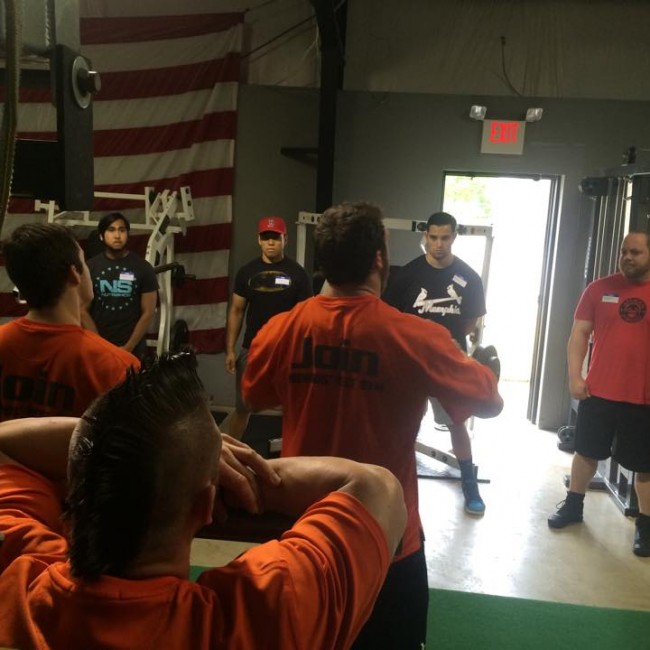
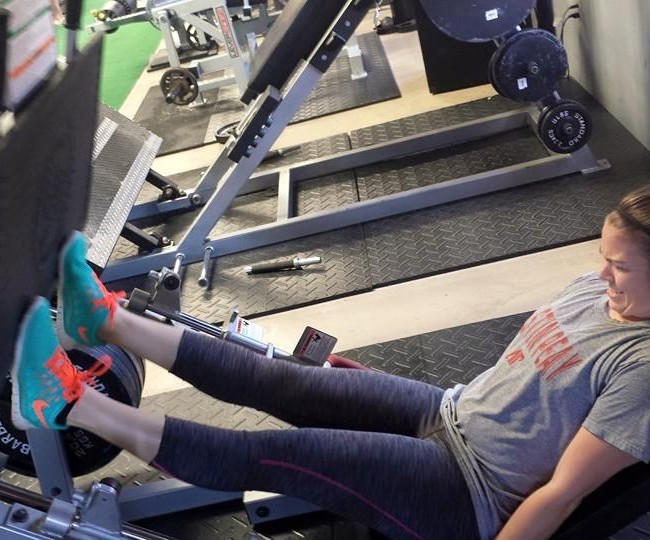
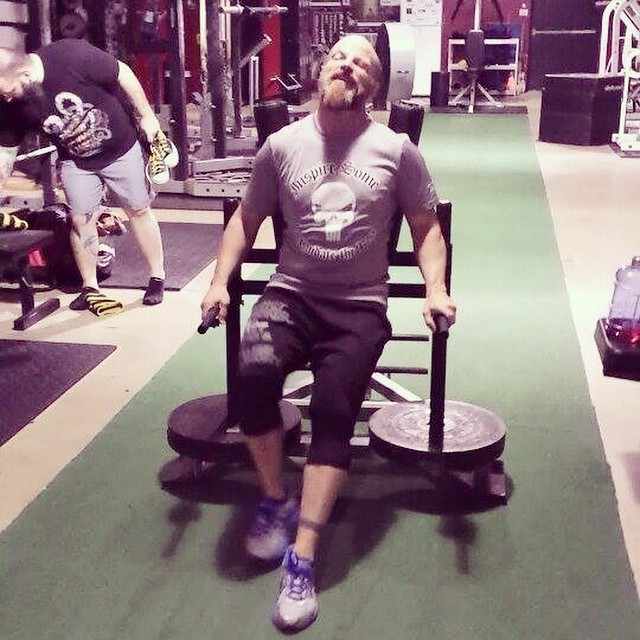
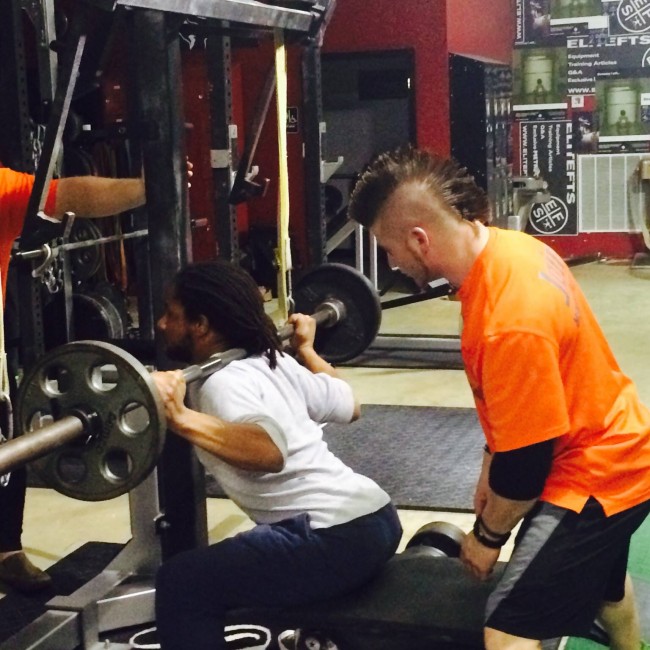
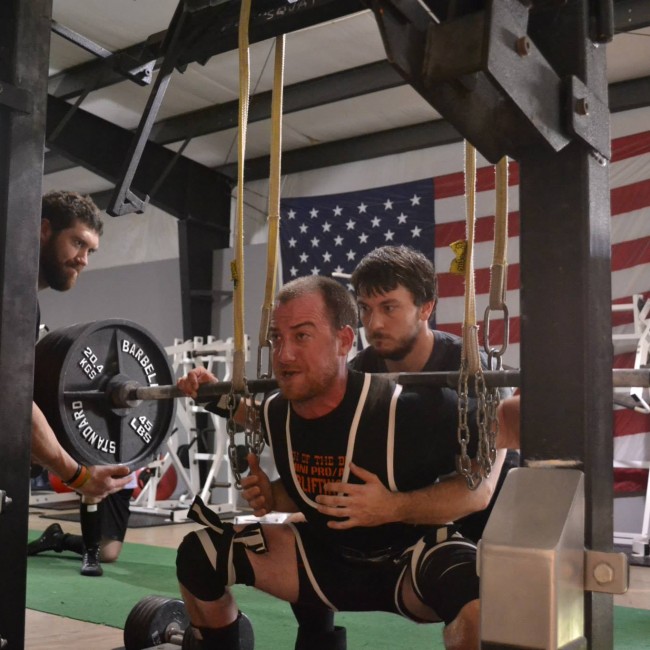


Thanks.
I have a couple questions.
While this is great for a trainer to create a long term client. Do you think an individual would benefit from cutting the 20 rep phase time frame to 1 or 2 blocks.
I noticed the 3rd phase had quote a bit of lower body volume. 3 times that of the 15 rep phase.
Seems like there should be more ramping up to that volume.
Lastly I heard learning proper barbell form was better using lower reps. High reps can get sloppy.
What about a 2 week form practice before jumping into 3nd phase 15 reps.